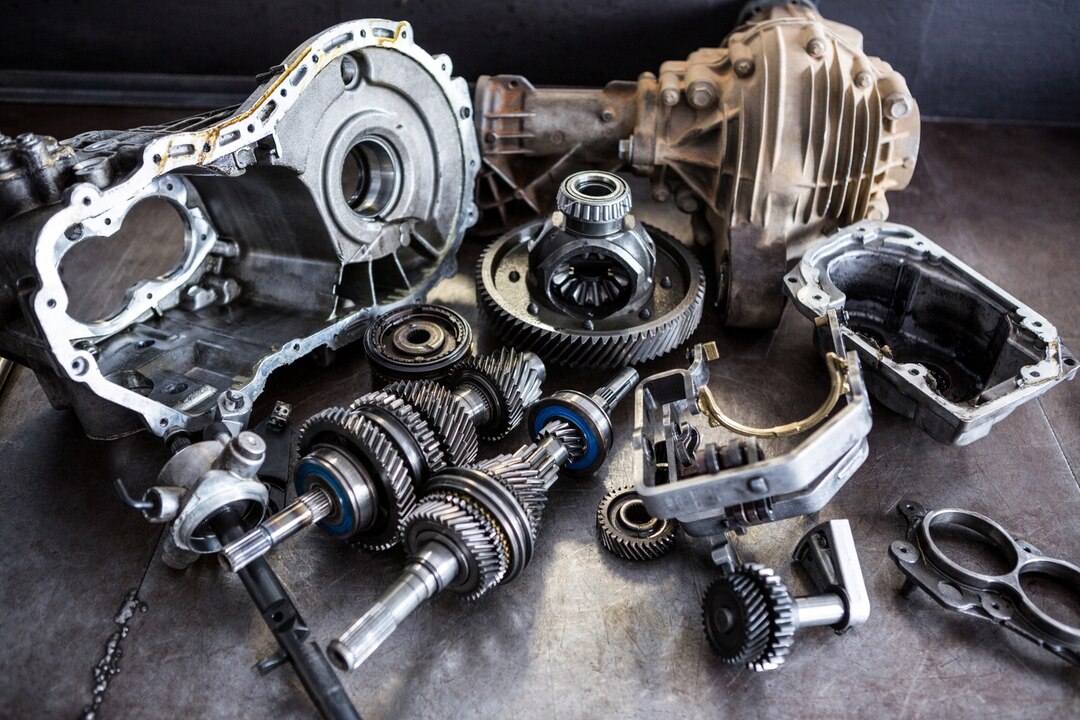The gearbox, or transmission, is a critical component of your vehicle, responsible for transmitting power from the engine to the wheels. Over time, wear and tear can take a toll on your car’s gearbox, leading to a range of issues that may indicate the need for replacement. Recognizing the signs of gearbox failure early on can help you avoid costly repairs and ensure the safety and reliability of your vehicle. In this article, we’ll explore 10 common signs that your car’s gearbox may need replacement.
1. Grinding or Whining Noise
One of the most telltale signs of gearbox problems is unusual noises coming from the transmission. If you hear grinding, whining, or clunking sounds when shifting gears, it could indicate worn gears, bearings, or other internal components.
2. Difficulty Shifting Gears
If you’re experiencing difficulty shifting gears, such as gears slipping, sticking, or refusing to engage, it may be a sign of gearbox trouble. This could be due to worn synchros, clutch problems, or issues with the gearbox linkage.
3. Delayed Gear Engagement
A delay in gear engagement, where there’s a noticeable lag between shifting gears and the transmission actually engaging, is another indication of gearbox issues. This delay can be frustrating and dangerous, especially when trying to accelerate or merge into traffic.
4. Leaking Transmission Fluid
Transmission fluid acts as a lubricant and coolant for the gearbox, and leaks can indicate a problem with the seals or gaskets. If you notice puddles of red or brown fluid under your vehicle or find low transmission fluid levels, it’s important to have the issue addressed promptly to prevent further damage to the gearbox.
5. Burning Smell
A burning smell coming from your vehicle’s transmission could indicate overheating or fluid breakdown. This can be caused by friction from worn or damaged gears, clutches, or bearings, and should be investigated immediately to prevent potential gearbox failure.
6. Check Engine Light
The check engine light can illuminate for a variety of reasons, including gearbox issues. If your check engine light comes on and you notice any other symptoms of gearbox trouble, such as shifting problems or unusual noises, it’s important to have your vehicle inspected by a qualified mechanic as soon as possible.
7. Slipping Gears
Gears that slip out of place while driving, causing sudden loss of power or acceleration, are a clear indication of gearbox trouble. This dangerous issue can compromise your ability to control the vehicle and should be addressed immediately to prevent accidents or further damage to the gearbox.
8. Vibrations or Shuddering
Excessive vibrations or shuddering felt through the vehicle, particularly when accelerating or shifting gears, can be a sign of gearbox issues. This could be caused by worn or damaged gears, driveshafts, or other internal components.
9. Fluid Contamination
Contaminated transmission fluid, such as fluid that appears milky or has a burnt odor, can indicate internal gearbox damage or fluid breakdown. It’s essential to have the transmission fluid flushed and replaced if contamination is detected to prevent further damage to the gearbox.
10. High Mileage
Finally, high mileage vehicles are more prone to gearbox wear and failure. If your vehicle has reached a high mileage threshold, or if you’ve noticed any of the other signs mentioned above, it may be time to consider gearbox replacement to ensure the continued reliability and safety of your vehicle.
Your car’s gearbox is a vital component that requires regular maintenance and attention to ensure proper function and longevity. By recognizing the signs of gearbox trouble early on and addressing them promptly, you can avoid costly repairs and keep your vehicle running smoothly on the road. If you’re experiencing any of the symptoms mentioned above, don’t hesitate to consult with a qualified mechanic to diagnose the issue and determine if gearbox replacement is necessary. Your safety and the performance of your vehicle depend on it.











